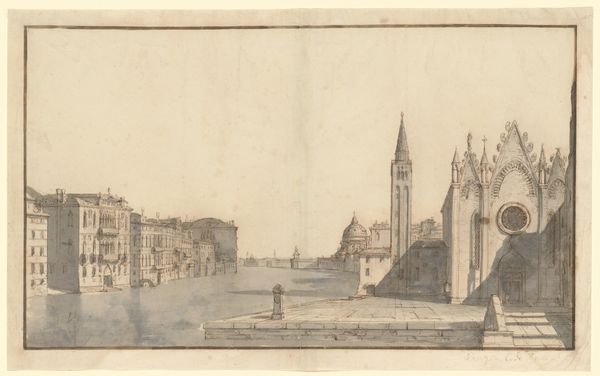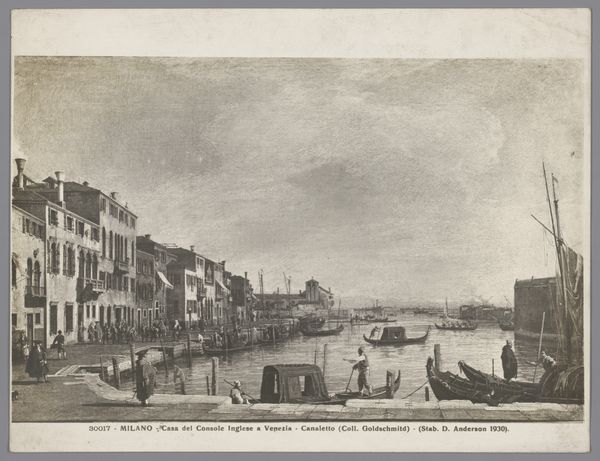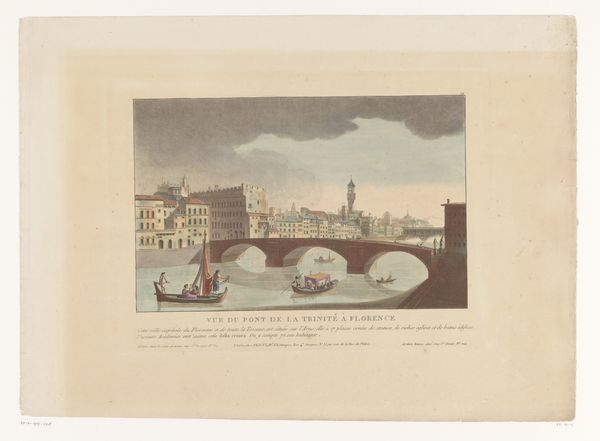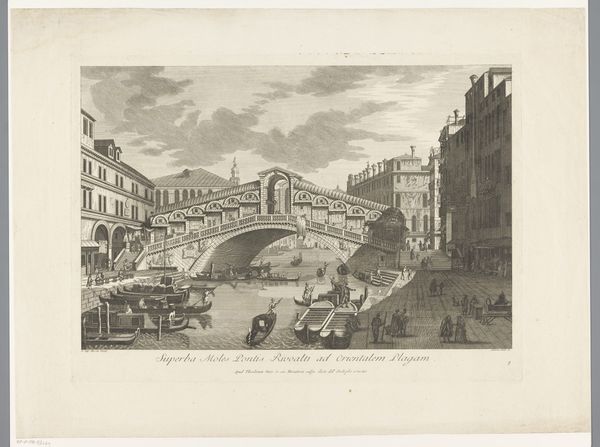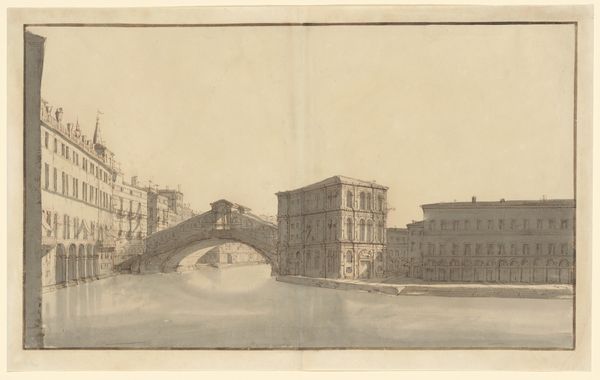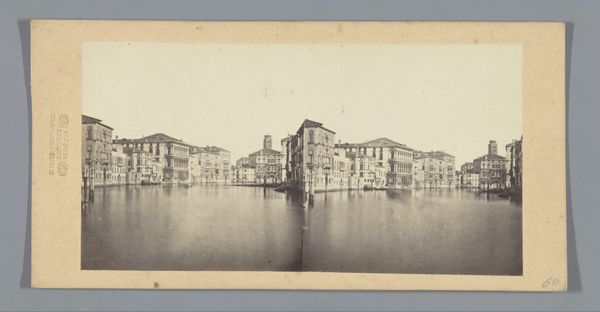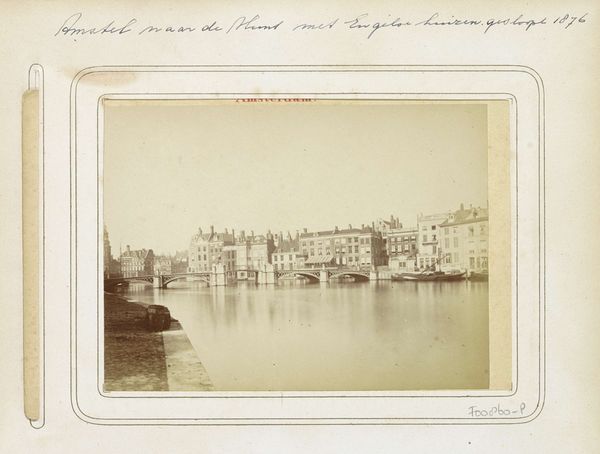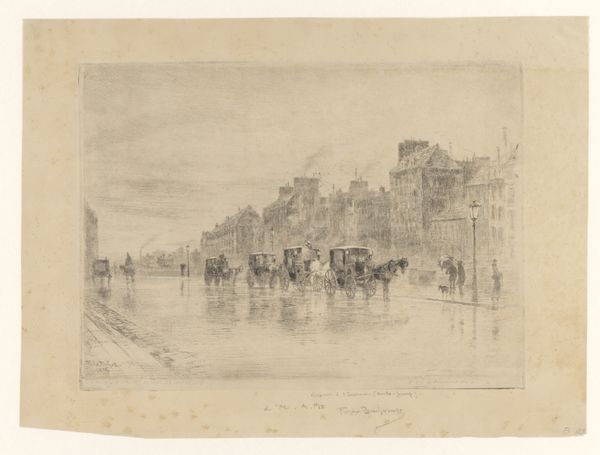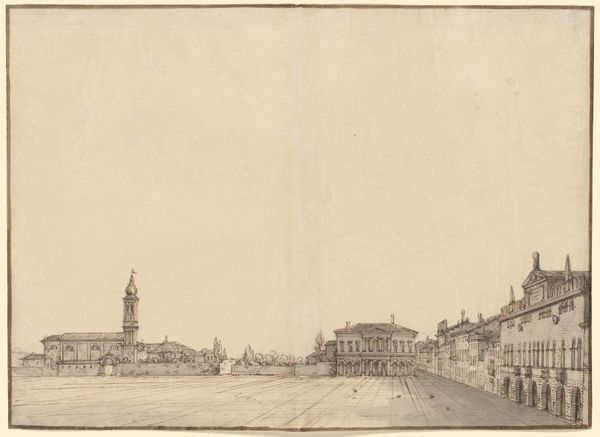
The Grand Canal, with the Fabbriche Nuove on the Left and Campanile of Santi Apostoli on the Right 1733 - 1740
0:00
0:00
drawing, pencil
#
drawing
#
venetian-painting
#
baroque
#
pencil sketch
#
landscape
#
pencil
#
cityscape
Dimensions: 10 1/16 x 16 15/16 in. (25.5 x 43 cm)
Copyright: Public Domain
Curator: This is Bernardo Bellotto's drawing, "The Grand Canal, with the Fabbriche Nuove on the Left and Campanile of Santi Apostoli on the Right," created sometime between 1733 and 1740. It’s rendered in pencil. Editor: It’s evocative. A wistful serenity, almost melancholic, settles over the scene, emphasized by the monochrome palette and the deliberate rendering of form. I want to know what kind of paper was used; I'm interested in the feel of the drawing in my hands. Curator: Indeed, Bellotto's skill captures the essence of Venice. He wasn't merely depicting architecture, but rather the atmosphere, the symbolic weight of this watery city. Those architectural forms become enduring cultural symbols themselves. Editor: The means of production, however, fascinate me more. The pencil, its graphite core mined and shaped, the labor involved in creating this precise scene… did Bellotto sketch this on site? What were the working conditions? Curator: Venetian painting of this era often captured idealized cityscapes for the burgeoning tourist trade, symbolizing status and worldly knowledge, fitting perfectly into the grand tour narrative of wealthy Europeans. The canal, as a symbol, speaks to flow and connectivity, a center of commerce and power. Editor: It is commerce we must look at; the rise of graphite pencils and paper production meant this sort of picturesque view became accessible to a new segment of the middle class, didn't it? Souvenirs for the nouveau riche? How did the availability of such materials affect the workshops making similar imagery via paint? Curator: Absolutely. But consider the enduring image of Venice, that very light shimmering off the water, distilled in this rendering… Bellotto preserves an idea of Venice through this pencil sketch, an ethereal and yet grounded sense of place. Editor: Grounded in trade and material reality, no less! Thinking of the industrial processes informing this image allows us to re-situate high art like baroque into daily lives and cultural consumption practices that may be too quickly overlooked. Curator: Perhaps a reminder that the eternal city is also firmly rooted in earthly concerns, the symbol entwined with the material conditions of its making. Editor: I find myself newly intrigued by it! I had been overly focused on labor itself!
Comments
No comments
Be the first to comment and join the conversation on the ultimate creative platform.

